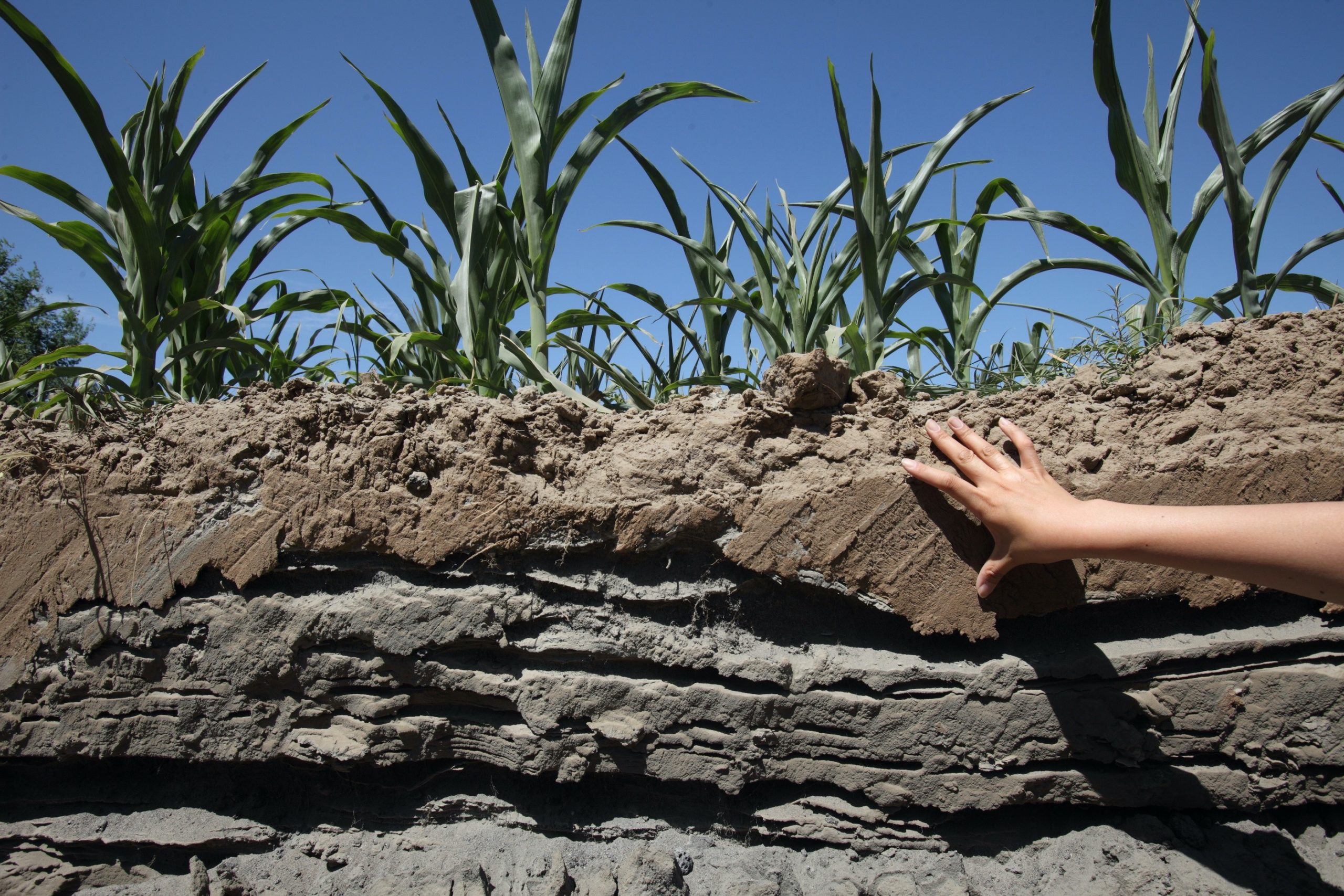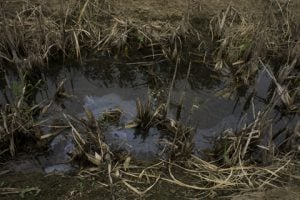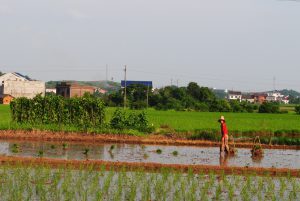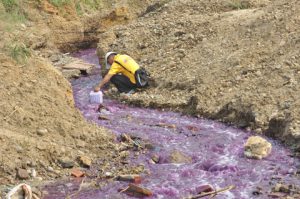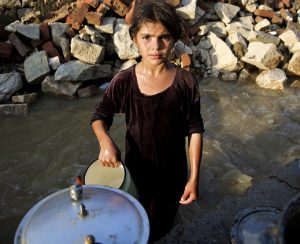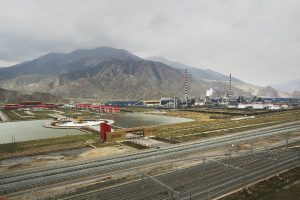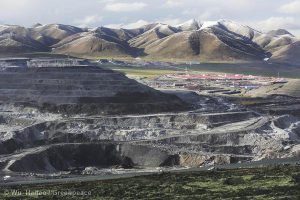China’s release of a first nationwide soil pollution survey earlier this year was met with international praise but also raised further questions. While domestic media asserted soil pollution was no longer a “state secret,” deeper examination of the survey unearthed even more questions that could not be answered from the surface-level details provided in official statements.
One-fifth of China’s surveyed soil is contaminated, with heavy metals like cadmium, arsenic and nickel as prime culprits. But where exactly is this polluted land located? How worried should people be in Northeastern China’s Heilongjiang province, which generates roughly 6% of China’s industrial GDP and has 9% of the country’s arable land, about whether these industrial heavy metals are polluting their arable land and food? Should residents of Guangzhou, where almost half of the rice, has been found contaminated with cadmium, be alarmed?
Questions about where the pollution is happening and how representative the soil sampling methods used remain unanswered. Without further follow-up on the part of the government, the true extent and dangers of China’s soil pollution are still unknown.
Read our special reports:
– China’s soil pollution crisis
– China faces long battle to clean up its dirty soil
Moreover, details as to how the Chinese government is currently working to address its soil pollution problem remain far from transparent. China’s Soil Pollution Action Plan, scheduled for release by the year’s end, will likely address serious funding issues. For example, the 12th Five Year Plan committed $30 billion yuan ($4.8 billion), compared to the trillions of yuan estimated to be needed to clean up the soil.
Compared to July 2013’s release of a $277 billion USD air pollution plan and Premier Li Keqiang’s announcement of a “war on pollution” primarily targeting air, the amount invested so far for soil hardly seems adequate. However, the Soil Pollution Action Plan, once passed, may actually allocate more investment (in Chinese) for prevention and remediation than either the Air or Water Action Plans.
Given the relative complexities of soil remediation in China, including incomplete data, lagging technology and inexperience, there are several points of concern. The State Council’s delay in disseminating the details of the Soil Pollution Action Plan, which was passed in principle in March, suggests that Chinese government officials may still be trying to get a handle on how to tackle the problem.
What has been revealed already is that the Soil Pollution Action Plan will establish six “soil protection and remediation pilot” projects, each budgeted at $1 – 1.5 billion RMB ($160-240 million USD). Targets for reducing emissions of heavy metal contaminants are also included in the Plan, though establishing a target doesn’t address the heavy metals that are already present in the soil.
To remediate soil, the Chinese government’s engagement of external parties is a welcome move. The Third Plenum showed support for market-based approaches to pollution remediation and encouraged the public to act as an environmental watchdog. One such market-based approach is to allow private property developers (in Chinese) to benefit from the remediation of prized plots of land, the value of which may increase after restoration and outweigh any costs.
However, constructing residential or commercial properties atop recovered soil may pose potential health risks. In 2007 in Wuhan (in Chinese), proper Environmental Impact Assessments (EIAs) were not carried out when land that was previously an industrial chemical compound was rezoned for a 2,400 unit apartment complex. Residents were later found to be at risk.
What may be needed is a model akin to the United States’ Superfund program, which holds polluters responsible for hazardous waste clean-up. Arguments have been made for (in Chinese) and against (in Chinese) such a framework in China. Assigning blame over pollution, however, turns out to be much more difficult in China. Finding the “polluter” is rarely an easy task. Moreover, many plots of land have been transferred several times.
Such complexities need to be accounted for when developing a comprehensive liability policy. Already, proposals are being made for increased resource and environmental protection taxes that would increase operating costs to better incorporate externalities like soil pollution.
The Wuhan example demonstrates that more oversight of polluters is needed, and civil society can help through increased public participation. Giving citizens, who ultimately suffer the most from polluting activities, a more substantial role in protecting their own interests is key. And the public is ready, as is shown by netizen activism on Sina Weibo pressuring the government to provide more transparent air quality data.
Recent amendments to China’s Environmental Protection Law – the first since 1989 – now provide provisions for environmental NGOs to submit public interest litigation cases related to environmental degradation.
In addition, China’s recent move to delink local courts, including environmental courts, from corrupt officials gives reason to be optimistic. For civil cases to be effective, however, better data collection and monitoring activities are still needed to provide courts with detailed information to substantiate evidence.
While the release of the preliminary soil survey results are a step towards greater government transparency, the complete picture is unknown and won’t be clear until complete data is made available. With a geography as diverse and disparate as China’s, it will be nearly impossible to collaboratively address the areas that require the greatest attention and resources for remediation without greater data transparency.
The upcoming release of the complete Soil Pollution Action Plan will be a key signal to watch for specifics on how the government will tackle its soil pollution problem, the extent of which is only beginning to be understood.
